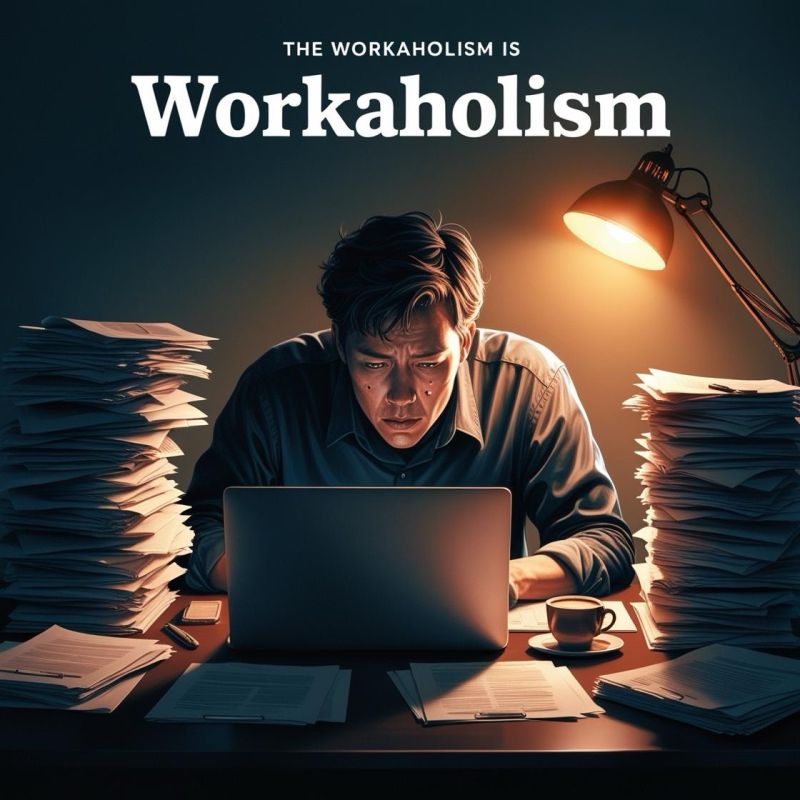When Work Becomes Opium: Overcoming the Modern Addiction to Work

The phenomenon of excessive attachment to work, often termed “workaholism,” where work transforms from a source of accomplishment into a form of dependency. This shift mirrors the numbing or addictive effects associated with substances like opium, leading to negative impacts on mental, emotional, and physical well-being.
1. Key Indicators of Work as Opium
• Emotional Avoidance: Many turn to work to escape or numb difficult emotions, much like a substance might be used to cope with stress or unaddressed personal issues.
• Loss of Work-Life Boundaries: When work bleeds into personal time, it disrupts relationships, personal health, and hobbies, leading to burnout or social isolation.
• Validation and Identity Tied to Work: Over-reliance on work for self-worth can create a dependency on achievements and productivity, undermining intrinsic self-worth and identity.
• Constant Need for Stimulation: Similar to the “high” from addictive substances, the stimulation from achievements and recognition creates a cycle where individuals seek constant work accomplishments to feel fulfilled.
• Avoidance of Vulnerability and Self-Reflection: With work filling every moment, little time remains for self-reflection, personal connection, or addressing vulnerabilities, leading to emotional stagnation and detachment.
2. Underlying Causes and Societal Influences
• Cultural and Societal Pressures: In many cultures, work is glamorized, with high performance.
• Technological Overconnectivity: Remote work and digital devices allow work to infiltrate personal time, contributing to a continuous work cycle with few natural breaks.
• Organizational Expectations: Many organizations implicitly reward overwork and are unclear in setting boundaries, fueling employees’ sense of needing to constantly perform.
• Psychological Needs: Work can fill various psychological needs, including validation, a sense of control, and structure.
4. The Impact of Workaholism on Individuals
• Mental and emotional fatigue, anxiety, and burnout.
• Deterioration of personal relationships due to limited time and attention.
• Health risks associated with prolonged stress and lack of rest.
5. Breaking the Cycle: Strategies for Employees:
• Set Clear Boundaries: Encourage scheduled breaks and define work hours to create clear separation between personal and professional life.
• Re-engage in Personal Interests: Embrace hobbies, relationships, and other fulfilling activities that provide balance and relaxation.
• Self-Reflection and Emotional Awareness: Engage in practices that build self-awareness, like mindfulness, therapy, or journaling, to address underlying emotional needs without turning to work as an escape.
6. Call to Action: Encourage leaders to be proactive in creating work environments that support a balanced life, where employees can thrive personally and professionally






Responses